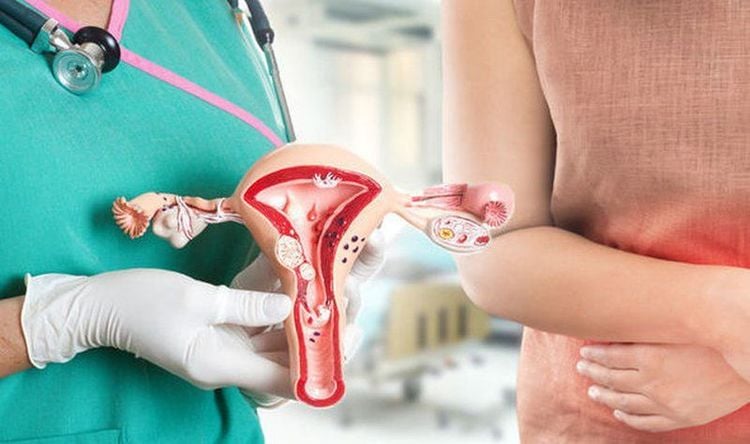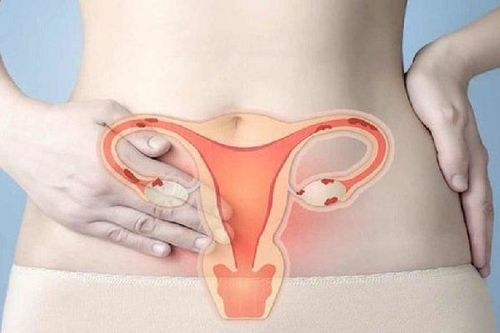This is an automatically translated article.
There are many treatments for vulvar cancer, depending on the size of the cancerous tissue, the stage of the cancer, the extent of the vulvar cancer, and the patient's general health.1. What is vulvar cancer?
Vulvar cancer is usually slow growing, abnormal cells can grow under the skin of the vulva for several years. These precancerous lesions can develop into vulvar cancer if not treated promptly.2. How is vulvar cancer treated?
Treatment of vulvar cancer depends on the size of the cancer tissue, large or small, the density of spread or narrowness. Small tumors in one location can be treated by using a laser to burn the top layer of skin, killing cancer cells. In the case of larger cancerous tissues, the patient needs surgery to remove the tumor, which can be total or partial resection. In case the cancerous tissue is large or detected at a late stage when the tumor has invaded beyond the vulva and metastasized to the groin, it is necessary to remove the vulva and lymph nodes.
Specific treatment methods for vulvar cancer are as follows:
2.1 Treatment of vulvar cancer stage I - II Surgical treatment of vulvar cancer stage I - II can be done by total excision. damage set. Before that, the patient needs to have a comprehensive examination of the entire genital tract, evaluate the health of the genital tract, detect diseases in the uterus and cervix, especially in postmenopausal women.
If the cancer has invaded only the surface, there is usually no lymph node metastasis. These lesions can be treated with extensive local excision. Usually, the cut area is 1 cm from the edge of the lesion.
In case of lesions less than 2 cm in diameter, the depth of invasion < 5mm can widen the tumor but must ensure a safe cutting area at least 1cm from the edge of the lesion.
The remaining cases can remove the vulva on one side or radically change depending on the extent of the damage.
2.2 Treatment of vulvar cancer stage III - IV

Điều trị ung thư âm hộ giai đoạn III - IV
In addition to the age factor, the pathology limits the possibility of surgery, often dividing the cases in stage III into 2 groups: the surgical group and the inoperable group.
If there is a possibility of resection of the primary lesion with no cancerous tissue left, no damage to the sphincters, or no effect on the ability to urinate, then surgery will be considered.
In case the primary tumor is small, it is possible to have a large tumor resection combined with inguinal - femoral lymph node dissection. In case the tumor is large, radical vulvarectomy can be combined with inguinal-femoral lymph node dissection. In case the tumor is located on the midline, it is necessary to remove the inguinal lymph nodes on both sides.
2.3 Radiation therapy for vulvar cancer Radiation therapy is a method of using high-energy rays to kill cancer cells (eg X-rays). This method is often used to shrink a tumor before surgery or to destroy any remaining cancer cells after surgery.
Patients who are not healthy enough for surgery or cannot undergo radical surgery can receive radiotherapy alone.
2.4 Chemotherapy for vulvar cancer Chemotherapy is the use of chemicals to kill cancer cells. In late-stage cases when the disease has spread to surrounding organs, chemotherapy may be considered for application. Chemotherapy combined with radiation therapy to shrink large vulvar tumors, support the surgical process.
3. Follow-up after vulvar cancer treatment
After treatment for vulvar cancer, patients need periodic follow-up to detect early signs of cancer recurrence. Even when treatment for vulvar cancer is successful, it can still come back. Patients need to be re-examined every 3 months for the first 2 years and every 6 months for the next 3 years.
MORE:
What is a pussy? How to tell if the vulva is normal or abnormal? Vulvar inflammation and pain: What you need to know HPV vaccine: Who should get it and when?













